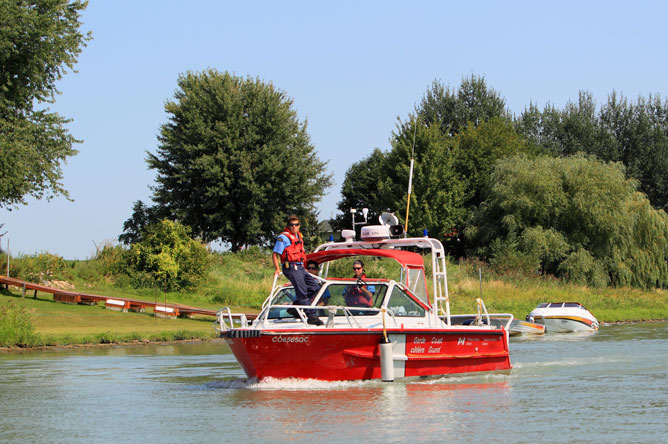The Archipelago
To protect the shorelines of the islands, boats need to slow down and avoid making large waves. Waves erode the soil along the shore, which is then swept downstream by the current. Islands gradually shrink as their upstream shoreline wears away. Erosion can be caused by currents and moving ice, but is intensified by navigation, deforestation and other human activities. Trees, shrubs, and aquatic plants help retain soil and reduce the impact of waves on the shoreline.
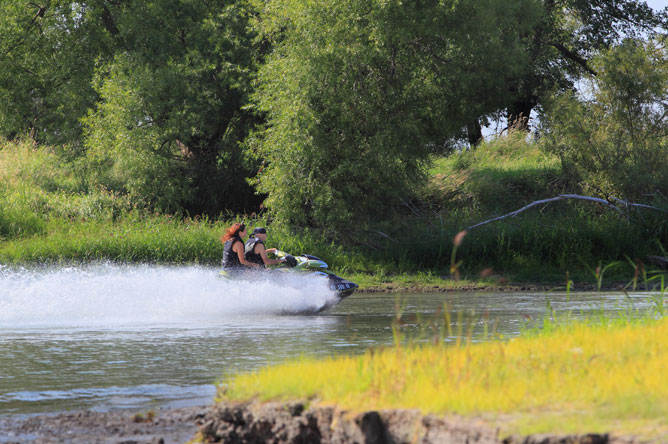
In the narrower channels, signs of shoreline erosion are omnipresent. This clearly demonstrates why boats need to slow down.
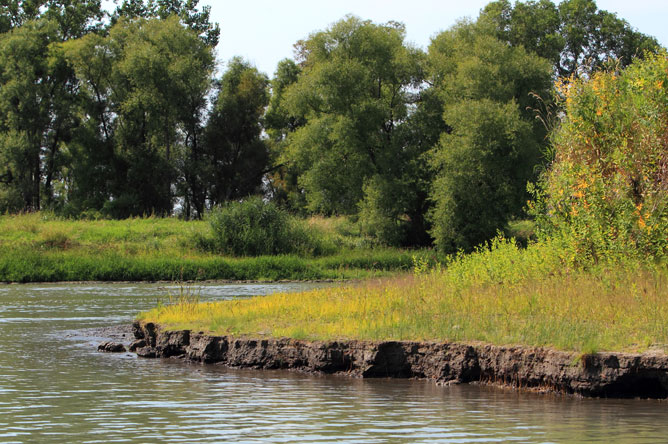
During weekends in July and August, the St. Lawrence and the channels of the Lake Saint-Pierre archipelago swarm with boats of all kinds. Such large numbers of boats further weaken the shorelines.
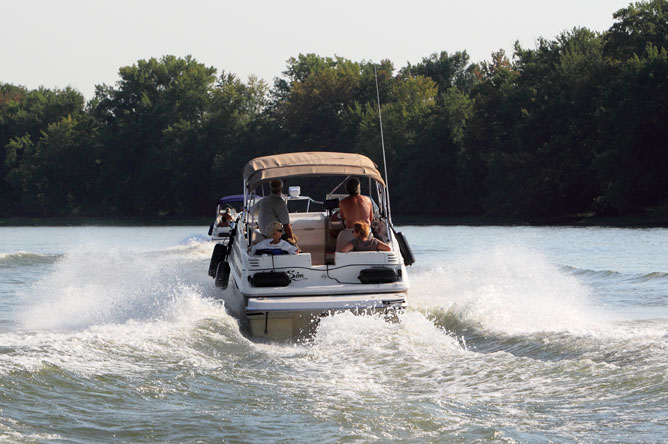
Some boats treat the river as a race track, with particularly bad effects on the shorelines.
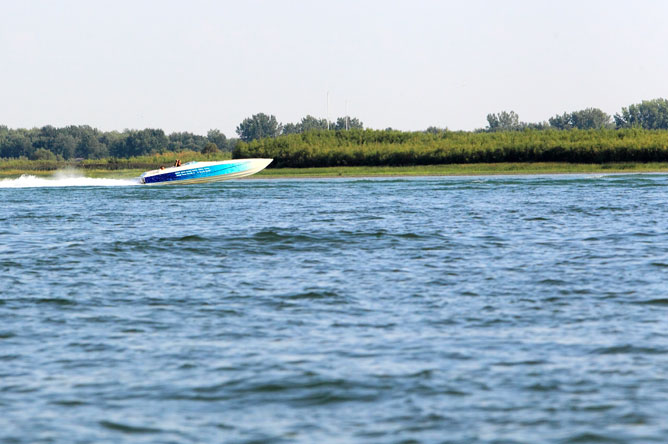
The shorelines of the islands along the St. Lawrence Seaway are the most affected by erosion. To remedy this, the shipping industry implemented a voluntary speed reduction in sensitive sections of the river in the year 2000.
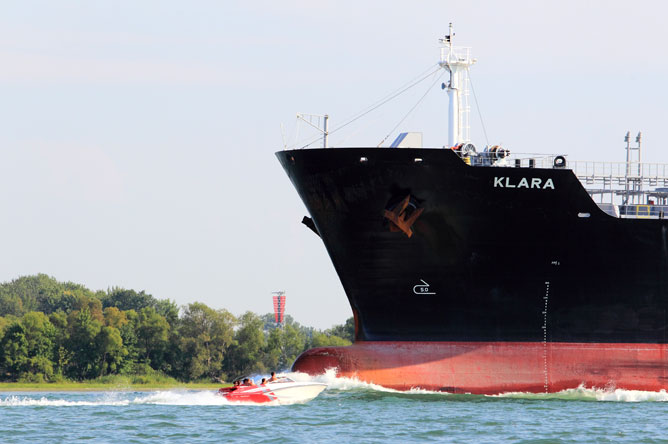
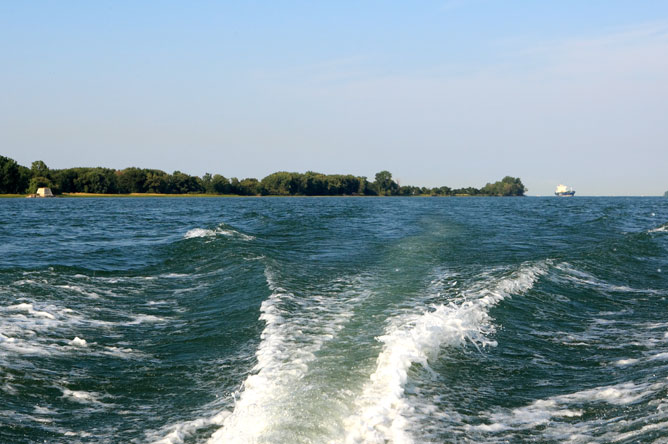
The Canadian Coast Guard ensures safety and security on the water and responds to distress calls.
